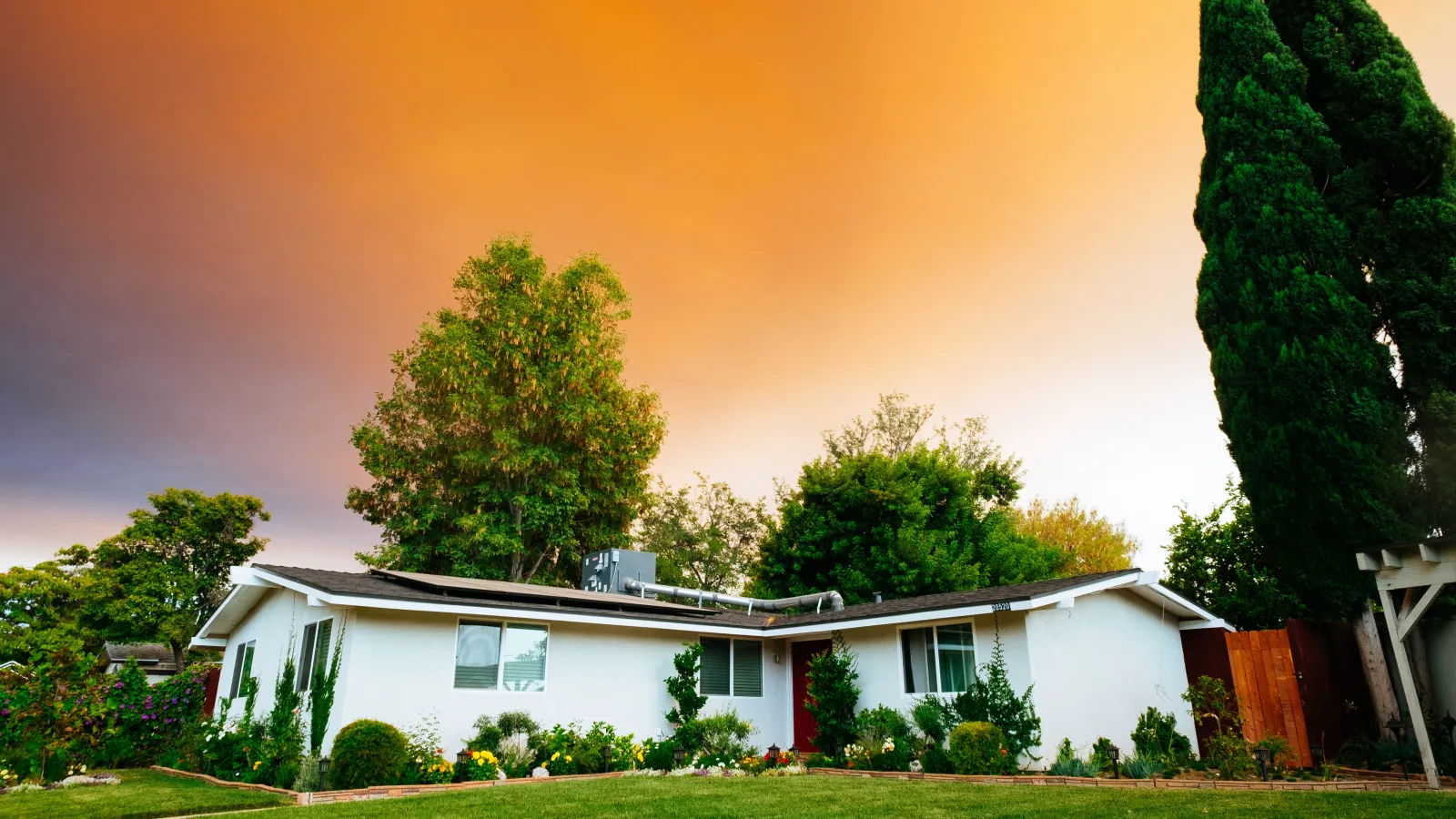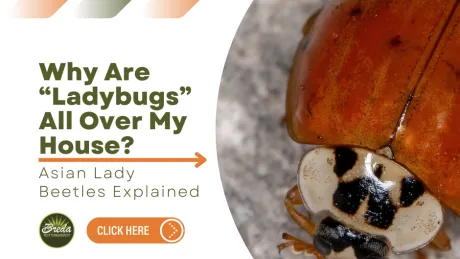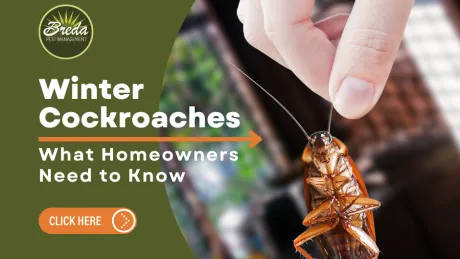Bats are far from the winged devils many people make them out to be, but like any wild animal, they can be harmful towards humans and pets when cornered. It is always important to remember that these critters want nothing more than to remove themselves from your presence, and it is this fear that leads to dangerous encounters. The big problem with bats, however, is that they can fly, which can make it difficult for a homeowner to isolate a strayed creature.
How Bats Enter Homes
While open doors and windows are definite access points for these mammals, attics and chimneys are typically the primary entry sources. Failure to install mesh skirting near chutes and rooftops may mean an encounter with a bat. If you find yourself facing one, here is what you should do.
How to Approach Bat Encounters
There is a stark difference between a healthy bat and a sick one. Understandably, contact with the latter is a greater risk and should thus be approached with extra caution. Bats are nocturnal animals, and they can see very well in the dark thanks to their natural echolocation ability. The last thing you want to do when one of these critters enters your home is leave the lights on. Quickly close every interior door, open the windows and turn off all light sources. If the bat is healthy, it will eventually find its way out of the house. Be patient as the animal may decide to perch or sleep temporarily on curtains, drapes or furniture. Brave souls may be tempted to forcefully remove the bat, but pest control companies advise against this given the risk of getting bit. In any event, wear gloves and layered clothing if you do decide to physically intervene. Sick or roosting bats should be removed as soon as possible — the longer they stay, the more guano (excrement) they will leave inside your home. Bat feces are notorious for spreading a fungus that is harmful to humans and pets, which is why you should contact a local pest control business at the first sign of an invasion. When it comes to keeping pests out, proactive prevention is the best strategy. Perform a thorough inspection of your home's interior and exterior. Seal all cracks and crevices, and pay special attention to roof and chimney entry points. The pest control professionals at Breda Pest are here to help make your wildlife encounter experience simple and safe.



